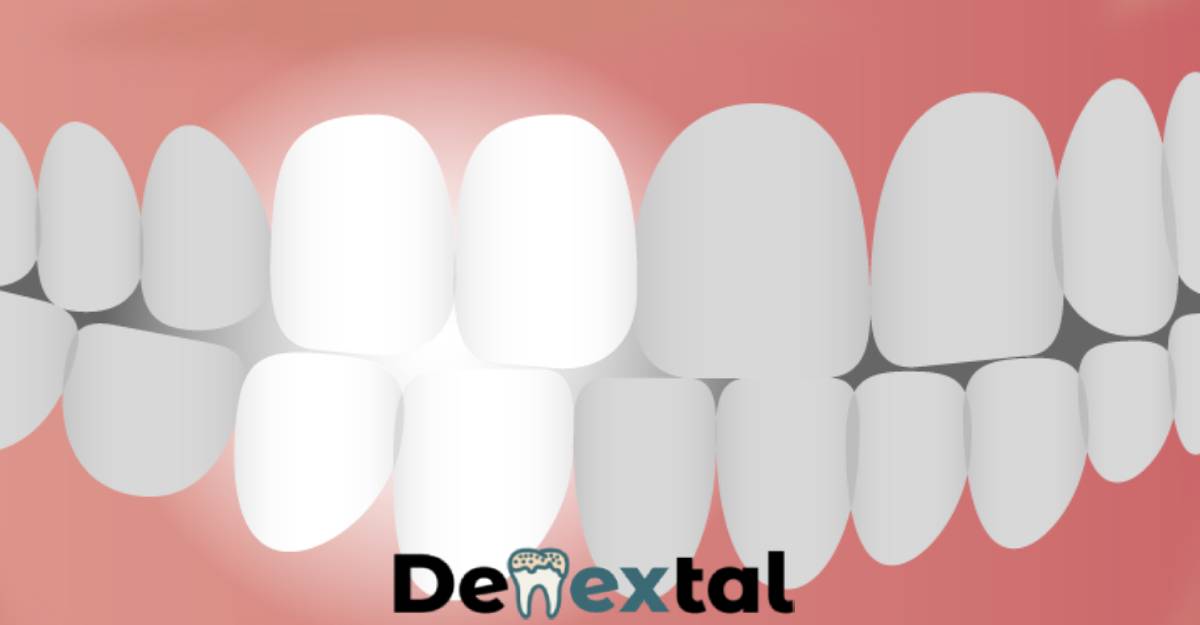Bicuspid teeth, also known as premolars, are located between the canine teeth and the molars in the back of the mouth. These teeth play an important role in biting and chewing food, and are essential for maintaining a healthy and functional bite. In this article, we will discuss everything you need to know about bicuspid your teeth, including their anatomy, function, and common problems that can occur.
Anatomy of Bicuspid Teeth
Bicuspid teeth have two cusps, or pointed bumps, on the top surface of the tooth. These cusps allow bicuspid your teeth to effectively grind and crush food. Each bicuspid tooth also has one or two roots that anchor the tooth in the jawbone. The number of roots a bicuspid tooth has can vary depending on the tooth and the individual.

Function of Bicuspid Teeth
Bicuspid teeth are used for biting and chewing food. They are also involved in the process of biting, which is the first step in the digestive process. In addition, bicuspid your teeth play an important role in maintaining a proper bite, which is the way the upper and lower teeth come together when the jaw is closed. A proper bite is essential for comfortable and efficient chewing and speaking.
Common Problems with Bicuspid Teeth
One of the most common problems with is tooth decay. Bicuspid your teeth are more susceptible to tooth decay than other teeth because they are located in a part of the mouth that is difficult to clean. Bicuspid your teeth are also more susceptible to cavities than other teeth because they have deep grooves on the top surface of the tooth.
Another common problem with bicuspid your teeth is gum disease. Gum disease is an infection of the gums that can cause inflammation, bleeding, and recession of the gums. Gum disease can also cause the bicuspid your teeth to become loose and eventually fall out.
Frequently Asked Questions
Conclusion
Play an important role in maintaining a healthy and functional bite, but they can also be susceptible to problems such as tooth decay and gum disease. It is important to maintain good oral hygiene and visit the dentist regularly to prevent and treat problems with bicuspid your teeth.
You can learn more about how to take care of your bicuspid your teeth by visiting the American Dental Association website.
Translucent Teeth – Understanding the Causes and Treatment Options would you like to take a look at our article?

